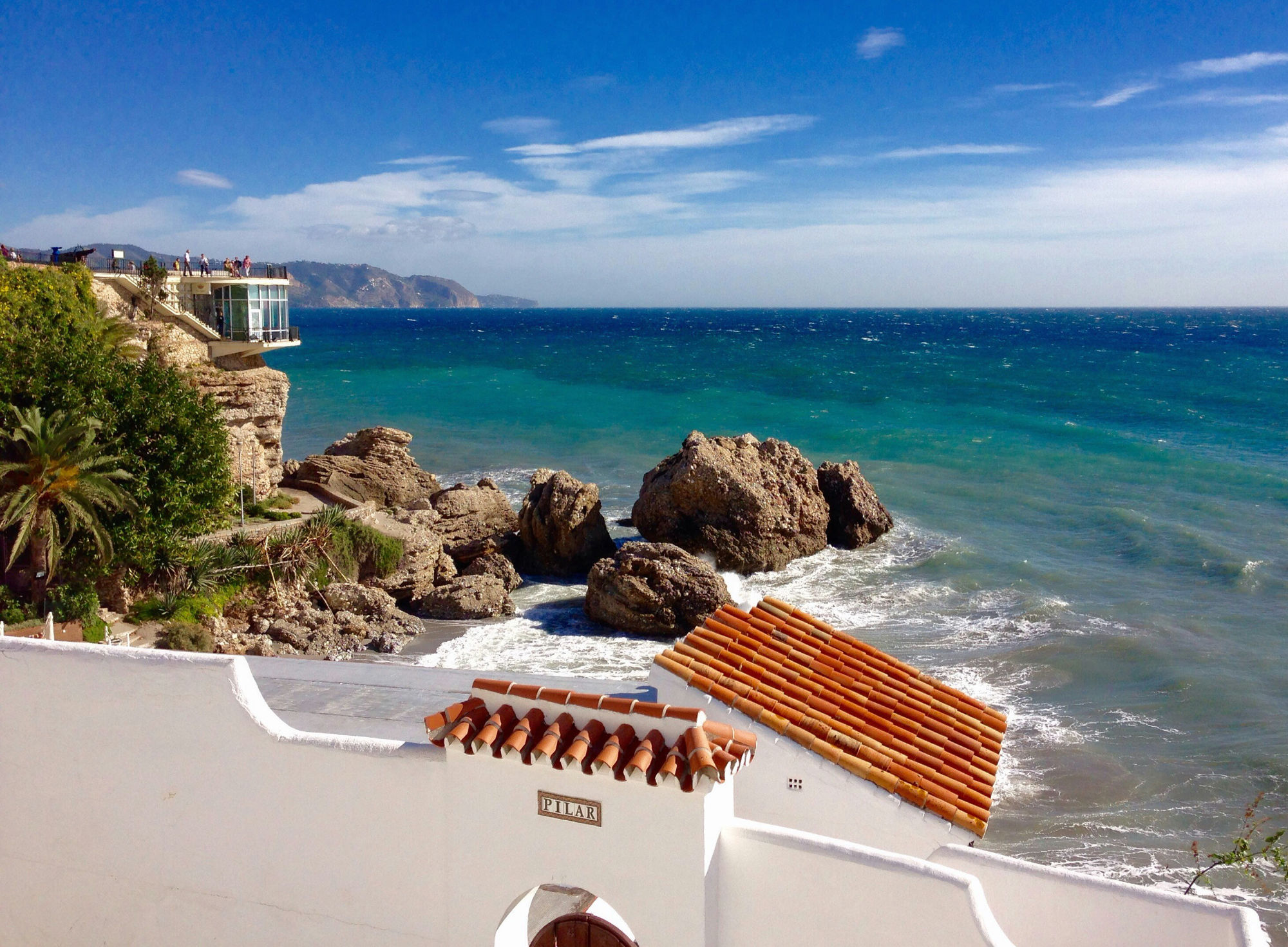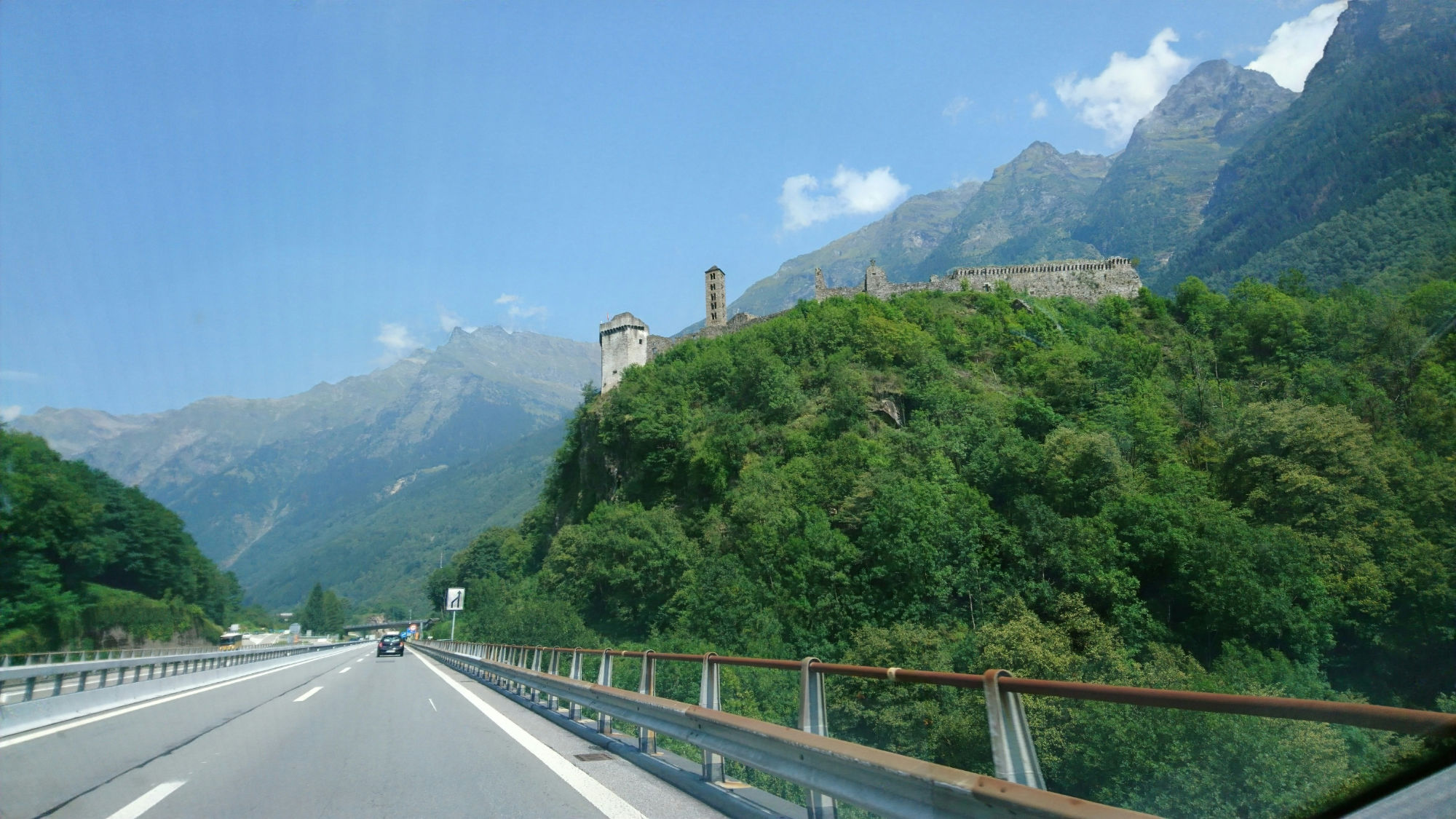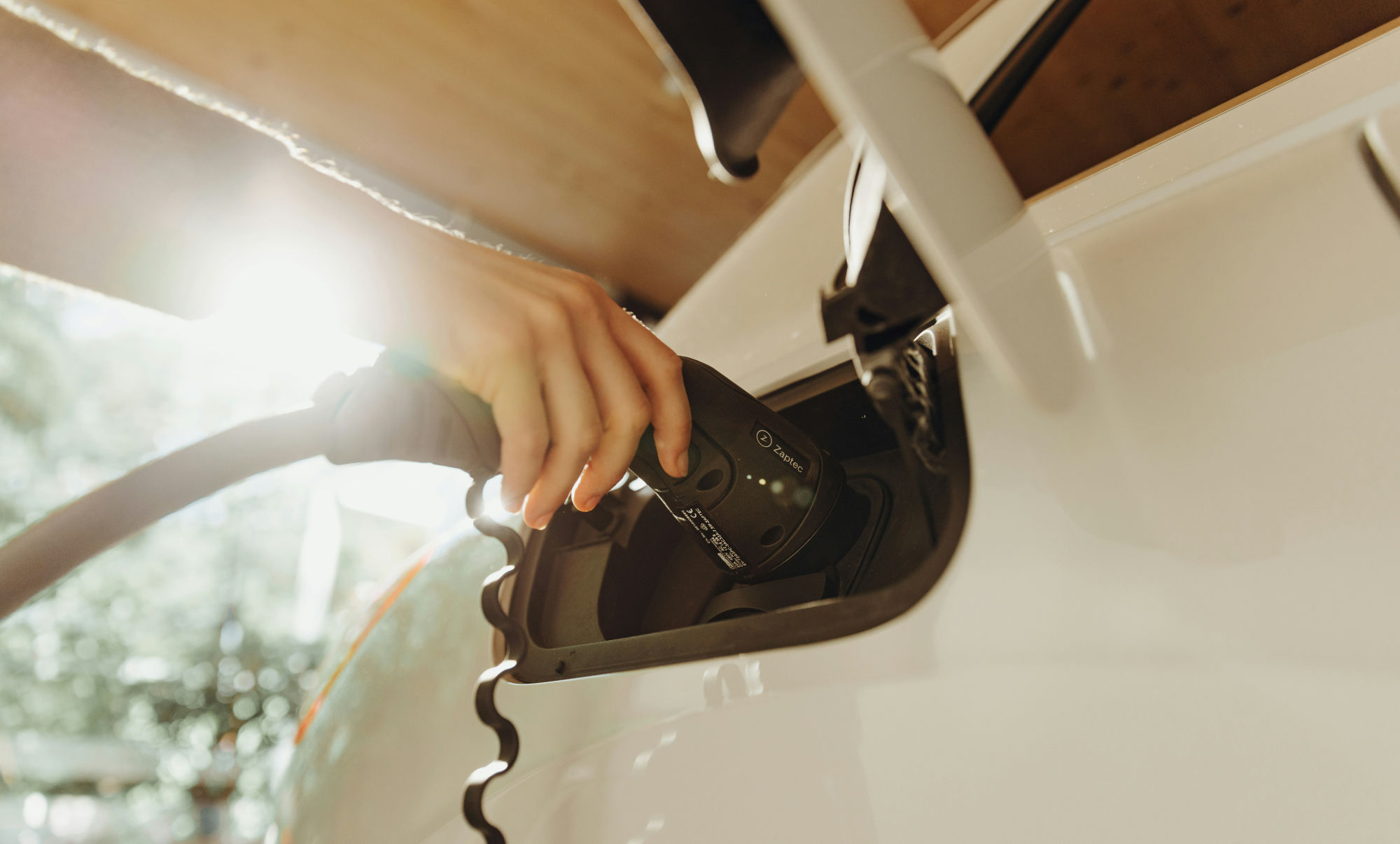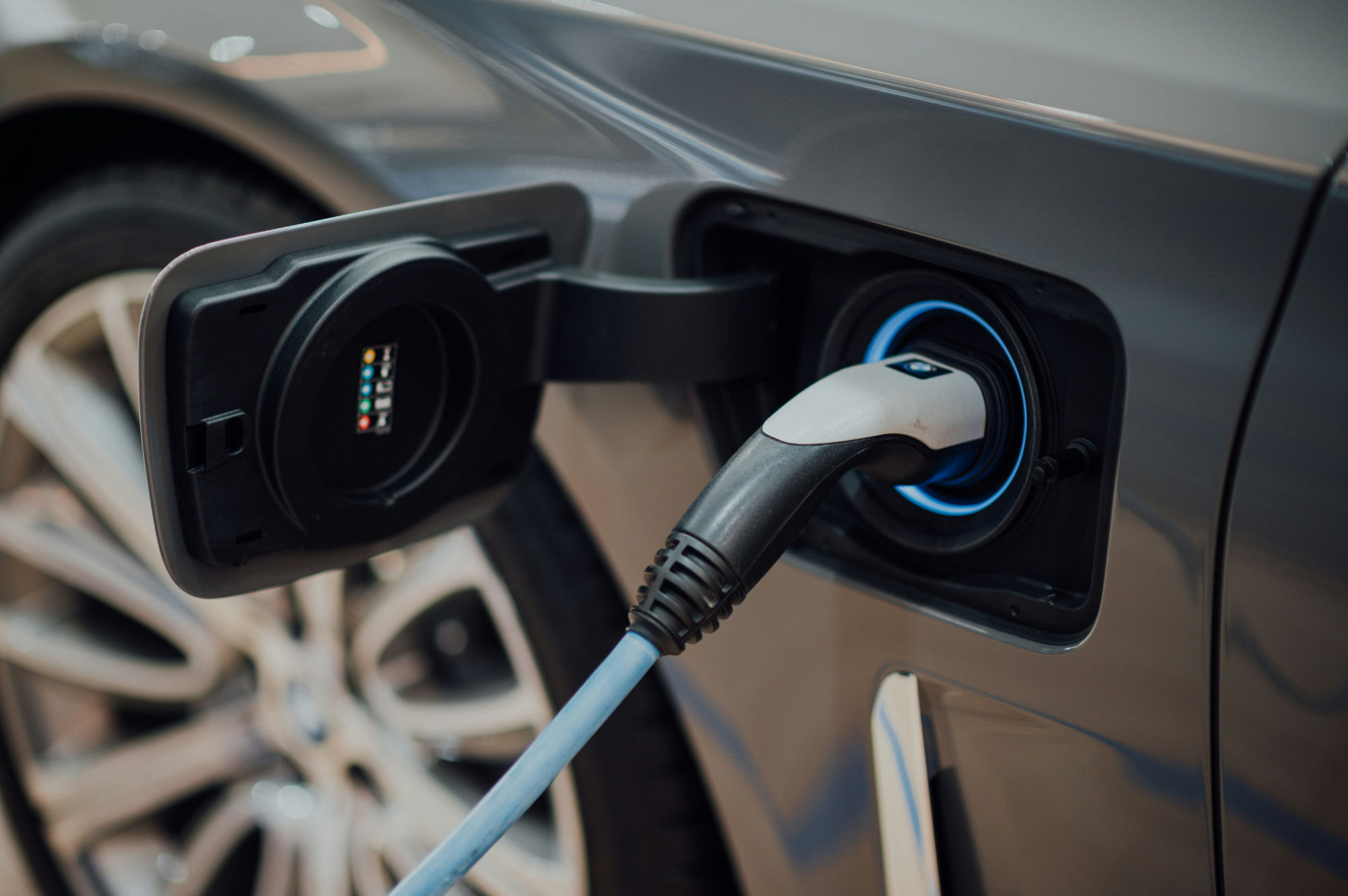Spain by Car: Best Routes from Barcelona to Andalusia

Spain is one of Europe’s most diverse and captivating countries, and there’s no better way to discover its treasures than on a road trip. Traveling from Barcelona to Andalusia by car offers a journey through centuries of history, vibrant cultures, and breathtaking landscapes. You’ll pass from the cosmopolitan energy of Catalonia to the sun-soaked charm of southern Spain, experiencing everything in between — medieval cities, vast plains, mountain ranges, and Mediterranean coastlines.
This guide explores the best driving routes from Barcelona to Andalusia, with detailed stops, cultural highlights, and practical tips to make your Spanish road trip unforgettable.
Why Take a Road Trip from Barcelona to Andalusia?
Flying between Barcelona and Andalusia is quick, but it skips all the magic in between. Driving gives you freedom and flexibility, letting you design your own adventure. You can take detours to small villages, stop for regional food, or pause at viewpoints that most tourists never see.
Key reasons to explore Spain by car:
Diverse landscapes: From Mediterranean beaches to olive groves and mountain passes.
Cultural variety: Every region has unique traditions, cuisines, and even languages.
Flexibility: Choose between coastal routes, inland highways, or a mix of both.
Hidden gems: Explore towns like Cuenca or Córdoba that you might miss otherwise.
The distance from Barcelona to Seville — often considered the heart of Andalusia — is around 1,000 km (620 miles), making it perfect for a multi-day road trip.
Route 1: The Coastal Journey – Sun, Beaches, and the Mediterranean
If you dream of hugging the Mediterranean coastline, this route is for you. It follows the AP-7 and A-7 highways, bringing you through sun-drenched towns and seaside cities before reaching Andalusia.
Main Stops
Tarragona
Just an hour south of Barcelona, Tarragona boasts Roman ruins, an impressive amphitheater, and beautiful beaches. It’s a great first stop to stretch your legs and enjoy seafood by the sea.
Valencia
Spain’s third-largest city mixes futuristic architecture with historic charm. The City of Arts and Sciences is a must-see, and food lovers can’t miss trying an authentic paella, which originates here.
Alicante
A lively coastal city known for its castle on Mount Benacantil and its palm-lined promenade. It’s a good overnight stop before continuing south.
Murcia & Cartagena
Cartagena is steeped in Roman history, while Murcia offers stunning baroque architecture. Both are excellent detours for culture and tapas.
Granada
As you approach Andalusia, Granada is unmissable. The Alhambra, a Moorish palace complex, is one of Spain’s greatest treasures.
Why Choose This Route?
This coastal route is perfect for sun-seekers and those who enjoy lively cities and beach towns. It’s longer in driving time due to traffic near the coast but full of variety.
Route 2: The Inland Adventure – History, Mountains, and Culture
For those who prefer medieval towns, mountains, and historic Spain, the inland route via Zaragoza and Madrid is a fantastic option.
Main Stops
Zaragoza
Halfway between Barcelona and Madrid, Zaragoza is home to the impressive Basilica del Pilar and a vibrant tapas scene.
Madrid
Spain’s capital is worth at least a day or two. Visit the Prado Museum, stroll through Retiro Park, and explore lively neighborhoods like Malasaña and La Latina.
Toledo
Just south of Madrid, Toledo is known as the “City of Three Cultures” for its Christian, Muslim, and Jewish heritage. The old town is a UNESCO World Heritage Site.
Córdoba
Once the capital of Al-Andalus, Córdoba is famous for its Mezquita, a mosque-cathedral that symbolizes Spain’s layered history. The old Jewish quarter and flower-filled patios add to its charm.
Seville
The final stop in Andalusia, Seville is bursting with flamenco, Moorish architecture, and lively squares. Highlights include the Alcázar, the cathedral, and Plaza de España.
Why Choose This Route?
The inland journey is rich in culture and history, with less focus on beaches and more on Spain’s heritage. It’s faster than the coastal route and perfect for history buffs.
Route 3: The Scenic Mix – Mountains, Wine Regions, and Hidden Gems
If you want the best of both worlds, consider a route that blends coast, mountains, and countryside. This takes you off the main highways into some of Spain’s most underrated regions.
Main Stops
Montserrat
Just outside Barcelona, Montserrat is a dramatic mountain range with a monastery perched among the peaks.
La Rioja
Spain’s premier wine region. Stop in Logroño for a wine tasting tour and tapas crawl.
Cuenca
A UNESCO city famous for its “hanging houses” clinging to cliffs.
Granada or Málaga
Depending on your preference, you can finish in Granada with its Moorish architecture or head toward Málaga for beaches and art museums.
Why Choose This Route?
It’s ideal for travelers who want variety — from wineries to mountain passes to Andalusia’s cultural gems.
Best Time to Drive from Barcelona to Andalusia
Spring (March to May): Mild weather, blooming landscapes, and fewer crowds.
Autumn (September to November): Pleasant temperatures and harvest festivals.
Summer (June to August): Beaches are fantastic, but expect high heat in Andalusia.
Winter (December to February): Coastal routes are mild, but mountain areas may have snow.
Driving Tips for Spain
Highways and tolls: Spain has excellent highways, but many require toll payments. Keep some cash or a card handy.
Speed limits: Typically 120 km/h on highways, 90 km/h on secondary roads, and 50 km/h in towns.
Parking: In big cities like Madrid or Seville, use paid parking lots to avoid fines.
Fuel: Gas stations are frequent, but in rural areas it’s wise to refuel before long stretches.
Siesta hours: In small towns, expect shops to close in the afternoon.
Food and Drink Along the Way
One of the joys of a Spanish road trip is sampling local cuisine. Each region has its own specialties:
Catalonia: Try crema catalana and seafood rice dishes.
Valencia: Authentic paella.
Madrid: Cocido madrileño (hearty stew) and churros with chocolate.
Andalusia: Gazpacho, salmorejo, and tapas culture.
Wine lovers will enjoy La Rioja and Andalusian sherries, while beer drinkers can try local brands like Estrella Damm and Cruzcampo.
How Many Days Do You Need?
While it’s possible to drive from Barcelona to Andalusia in a single day, that would miss the entire point of a road trip. A comfortable itinerary could be:
5–7 days: Enough to see highlights with one night in Madrid and one or two stops along the way.
10–14 days: Allows for a relaxed pace, with multiple stops in smaller towns and longer stays in Seville, Granada, or Córdoba.
Final Thoughts
A journey from Barcelona to Andalusia by car is more than just a transfer between two regions — it’s a chance to discover the heart and soul of Spain. Whether you choose the coastal route with beaches and seaside towns, the inland route full of history and grand cities, or a scenic mix through mountains and wine regions, each offers unique experiences.
By taking the time to explore, you’ll understand why Spain is one of Europe’s most rewarding road trip destinations. So fill up the tank, turn up the music, and get ready to experience Spain, mile by mile.


